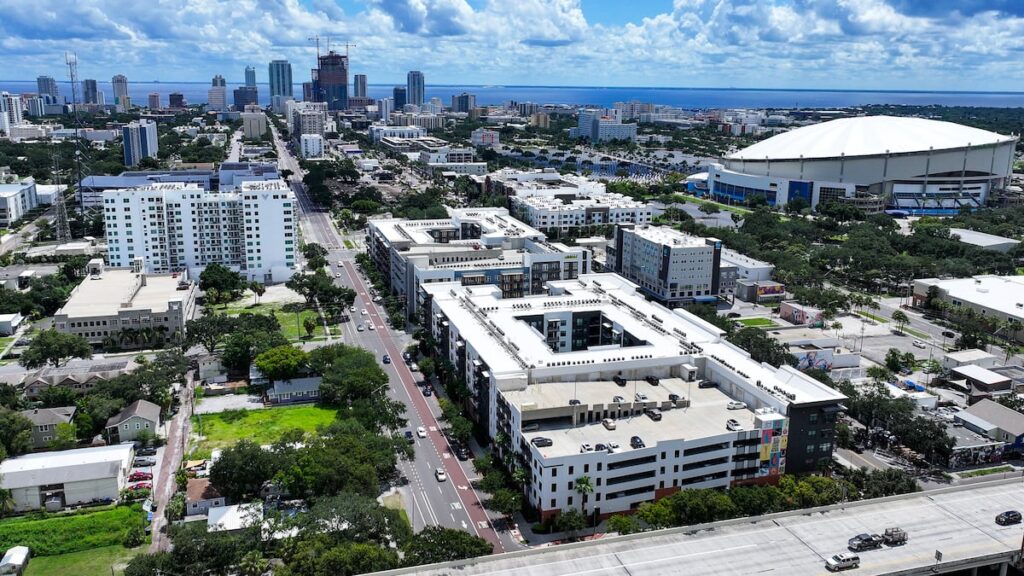Public security is the most fundamental responsibility of local governments. Communities struggling with public safety tend to struggle to grow their economy because they don’t want to live, work and play in places where businesses and their employees don’t feel safe.
But too many cities are reluctant to embrace new technologies designed to increase public safety, citing concerns about costs, complexity, or fear of failure. However, in my time as mayor of St. Petersburg, I saw firsthand that investing in appropriate technology improves safety and provides a strong return on investment.
Furthermore, in today’s political and economic environment, local governments are always being asked to do more with less. Recent tragedy, such as the California wildfire, underscores this growing tension and questions how city leaders manage public safety resources. This issue affects all cities across the country as they struggle to keep up with emergency preparations during population changes.
This is where technology can play an important role. Investing in safety technology should not be merely a cost, but rather a long-term cost-cutting strategy that reduces risk and maximizes resources.
Cost of inaction
Local governments are usually not known to be early adopters, but cities can no longer afford to look at wait times and approaches. Delays in adopting proven technology lead to preventable injuries, death, equipment failures and inefficiencies. The true cost is not investing.
I have experienced this pushback on the city council and as mayor. Simple technologies now commonplace, such as Countdown Crosswalk signals and adaptive signals, were once considered unnecessary and budgetless expenses. Fortunately, our city was happy to make this investment, improving pedestrian safety and reducing accidents and deaths. By investing in the technology available, we have created a safer street for everyone.
Recently, we have seen how innovative firefighting technology is changing public safety. The new fire truck, acquired by Midway, a city near Tallahassee, has two important efficiencies currently occurring in Midway in the first five minutes of the fire service, and technical solutions that automate communication and water flow. It is equipped. The outcome of a fire event and the loss of property and life.
Overcoming barriers
The benefits of public safety technology are clear, but cities often face barriers to implementation. Cities need to move beyond short-term budgetary considerations and embrace long-term perspectives.
Spend your days with Hayes
Subscribe to our free Stephenly newsletter
Columnist Stephanie Hayes shares thoughts, feelings and funny business with you every Monday.
You’re all signed up!
Want more free weekly newsletters in your inbox? Let’s get started.
Check out all options
A clear understanding of the return on investment and the expected lifespan of new technologies is important to justify your investment in that technology. In the example of fire trucks, investments in water flow automation not only improve efficiency and call safety, but also reduce equipment failures.
Fire trucks are expensive and extending their lifespan by 3-5 years is a very effective use of taxpayer dollars. I hope that this type of technology has become available during the time of mayor. I hope this was a solution that helped my fire department work safer and more efficiently and gave my constituents tax benefits.
Instead of waiting for universal adoption, cities should actively learn from peer experiences. Sharing the best practices and lessons learned can accelerate the adoption of effective technology and avoid costly mistakes.
The mayor’s main duty is to protect the residents they serve. In the 21st century, technology is an essential tool for fulfilling its fundamental responsibility, especially in the public safety sector. Local governments must move from reactive to a proactive approach in the adoption of public safety technologies. I don’t have time to wait anymore. The lives and happiness of our community depend on it. I encourage urban leaders to explore and implement today’s shocking safety technologies. The time to act is now.
Rick Clysemann served as the 53rd mayor of St. Petersburg and served from 2014 to 2022. He is currently a member of Shumaker Advisors and is the vice president of practice for US cities and principal.

